In a sector as dynamic and essential as energy, where global shifts toward sustainability, renewable resources, and technological innovation are constant, marketing requires a new level of creativity and strategy. Traditional marketing approaches, while still effective, may no longer be sufficient to set brands apart or to engage increasingly informed and eco-conscious customers. Bluetext specializes in helping energy companies redefine their marketing strategies with innovative solutions that drive growth and deliver measurable results.
1. Data-Driven Personalization
The energy sector has an enormous amount of customer data at its fingertips, from consumption patterns to geographic preferences and renewable energy interest. Leveraging this data for personalized messaging can make marketing campaigns more relevant and impactful. Dynamic content that adjusts based on user behavior, smart segmentation, and AI-powered insights allow energy companies to deliver the right message at the right time, improving both customer satisfaction and conversion rates.
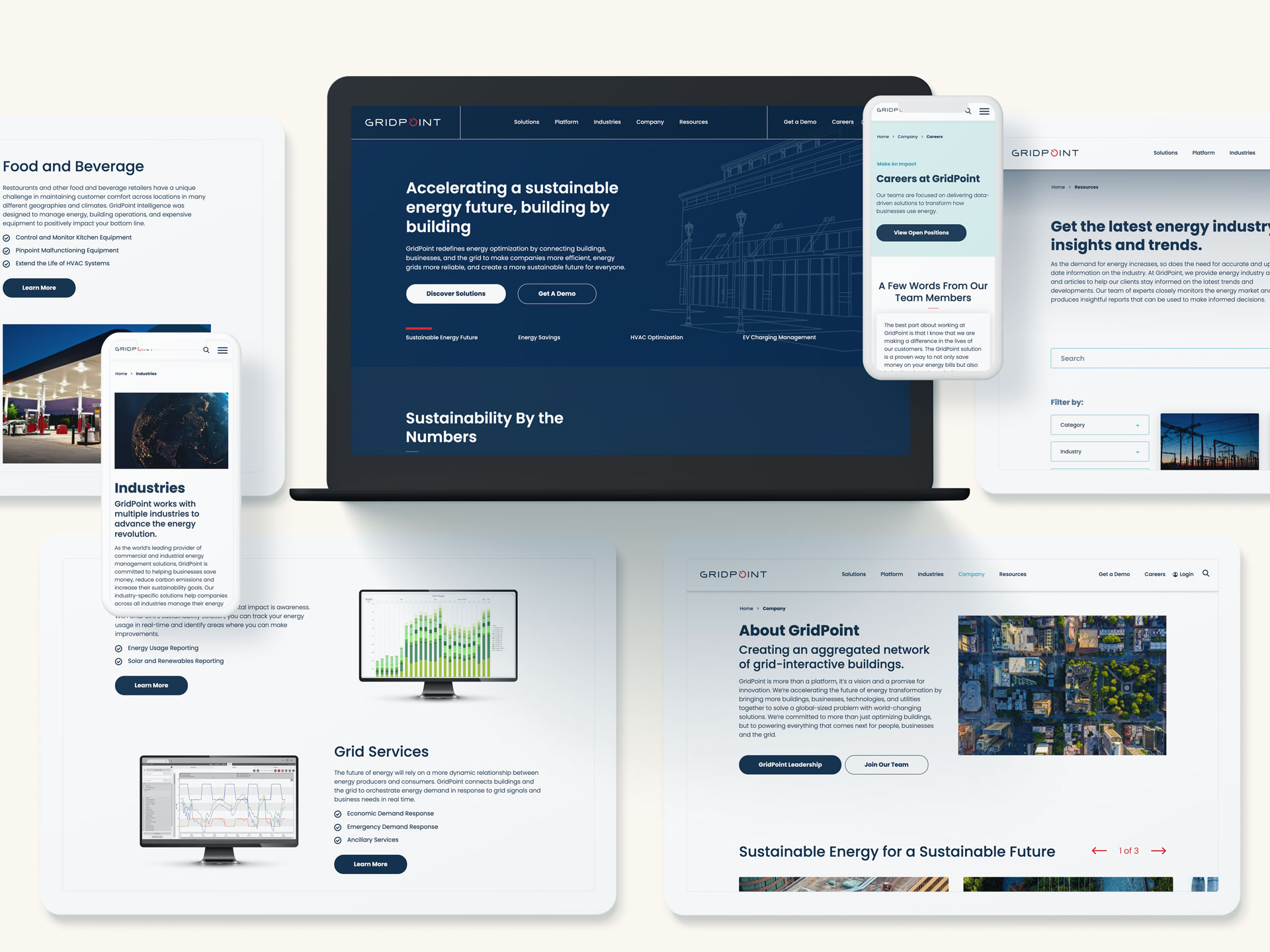
2. Interactive Digital Experiences
Beyond static advertising, interactive digital experiences are rapidly gaining popularity in the energy sector. Virtual reality (VR) tours of renewable energy facilities, augmented reality (AR) apps that demonstrate energy consumption in real-time, and gamified platforms that educate users about sustainability can turn otherwise passive audiences into engaged participants. These tools not only enhance brand awareness but also build stronger emotional connections by making complex topics more accessible.
3. Thought Leadership and Educational Content
As the energy industry evolves, companies that position themselves as thought leaders have a significant competitive advantage. Providing educational content around topics like renewable energy, energy efficiency, or grid modernization establishes credibility and builds trust with customers, investors, and regulators. Long-form content such as whitepapers, in-depth blog series, and podcast interviews with industry experts can solidify a brand’s reputation as a forward-thinking leader.
4. Sustainability Storytelling
With the global push toward sustainability, energy companies must communicate their environmental impact effectively. But simply stating eco-friendly initiatives isn’t enough—successful brands in the energy space are embracing narrative-driven approaches. By humanizing data through real-world case studies, testimonials, and behind-the-scenes stories of how energy projects improve local communities, brands can better engage emotionally with their audiences and create deeper brand loyalty.
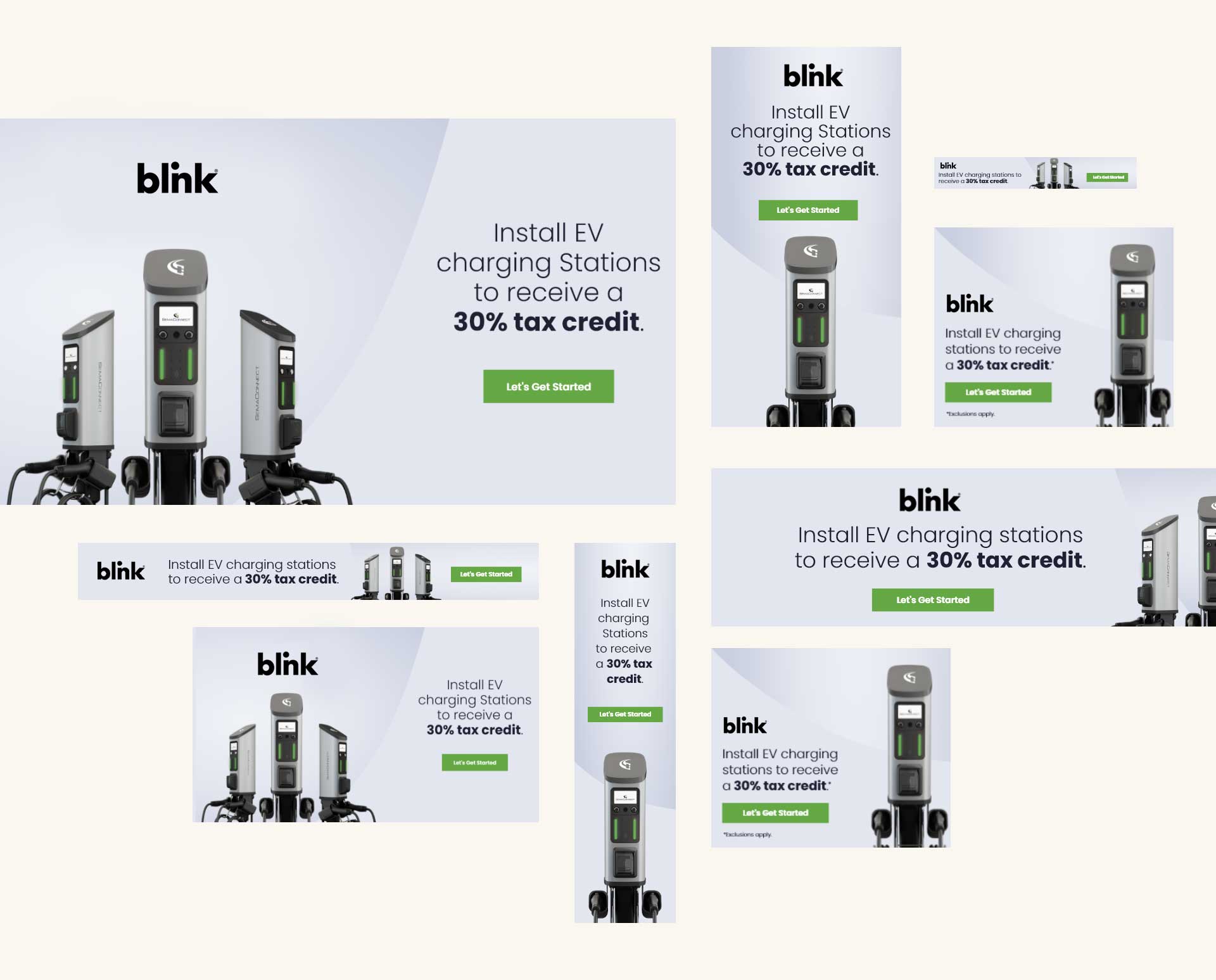
5. Cross-Industry Partnerships
Innovation in the energy sector doesn’t happen in a silo. Cross-industry partnerships—such as collaborations with tech firms for IoT solutions or fintech partnerships for green energy financing—can extend the reach of marketing campaigns and offer unique value propositions. These collaborations create buzz and offer customers more comprehensive solutions, further distinguishing a brand in a crowded marketplace.
6. Leveraging Social Media for Advocacy
Social media is often underutilized by energy companies, yet it holds great potential for advocacy-driven campaigns. Energy brands can build community and engage users by amplifying sustainability movements, promoting green energy initiatives, and fostering conversations around energy efficiency. By encouraging user-generated content and engaging with influencers in the sustainability space, energy companies can boost their visibility and establish themselves as champions for a greener future.
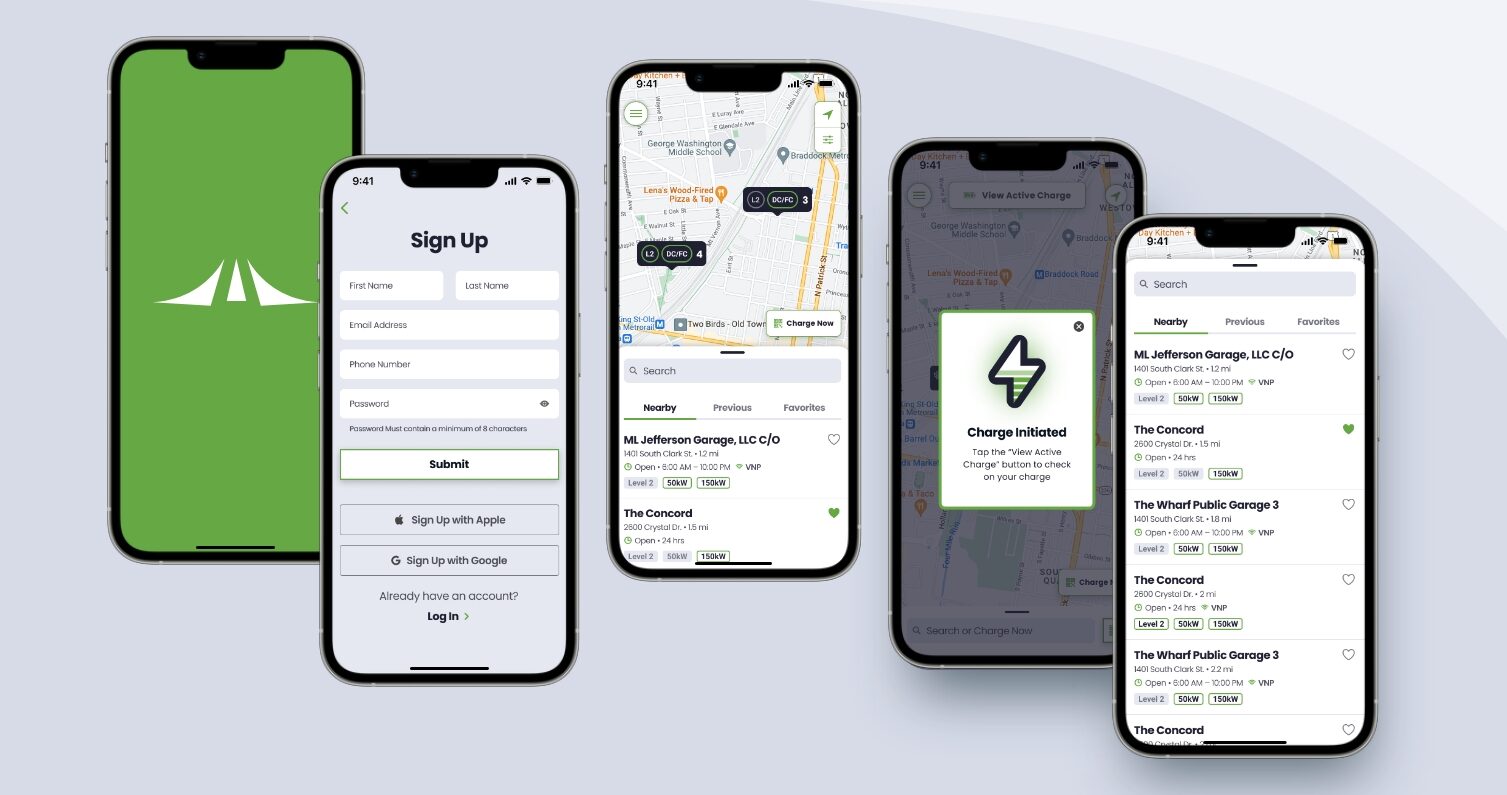
Conclusion
As the energy sector evolves, so too must its marketing strategies. By going beyond traditional methods and embracing innovative, digital-first approaches, energy companies can stand out in a competitive landscape, connect meaningfully with their audiences, and drive measurable growth. At Bluetext, we understand the unique challenges and opportunities within the energy industry, and we are ready to help brands shape their future with creative, impactful marketing solutions. Contact us today.
Even though the weather still feels like summer, now’s the perfect time for businesses to start developing their fall marketing strategies. For B2B companies, seasonal marketing is often underutilized, but it can offer a significant edge in building connections, driving engagement, and generating leads. As we transition into autumn, the season brings a host of opportunities for businesses to create timely, impactful campaigns that resonate with their audience.
At Bluetext, we know how powerful seasonal campaigns can be in the B2B world. From autumn-themed promotions to messaging aligned with the traditions of fall, companies that strategically plan their marketing initiatives around this season can stand out in a competitive marketplace.
1. Back-to-Business: Align with the Post-Summer Push
As we move out of the summer slowdown, many businesses are refocusing on year-end goals. This presents an ideal time to target decision-makers who are getting back into full swing. Position your services or products as tools to help companies finish the year strong. Consider launching Q4-specific campaigns that emphasize solutions for increased productivity, streamlining operations, or hitting revenue targets before the close of the fiscal year.
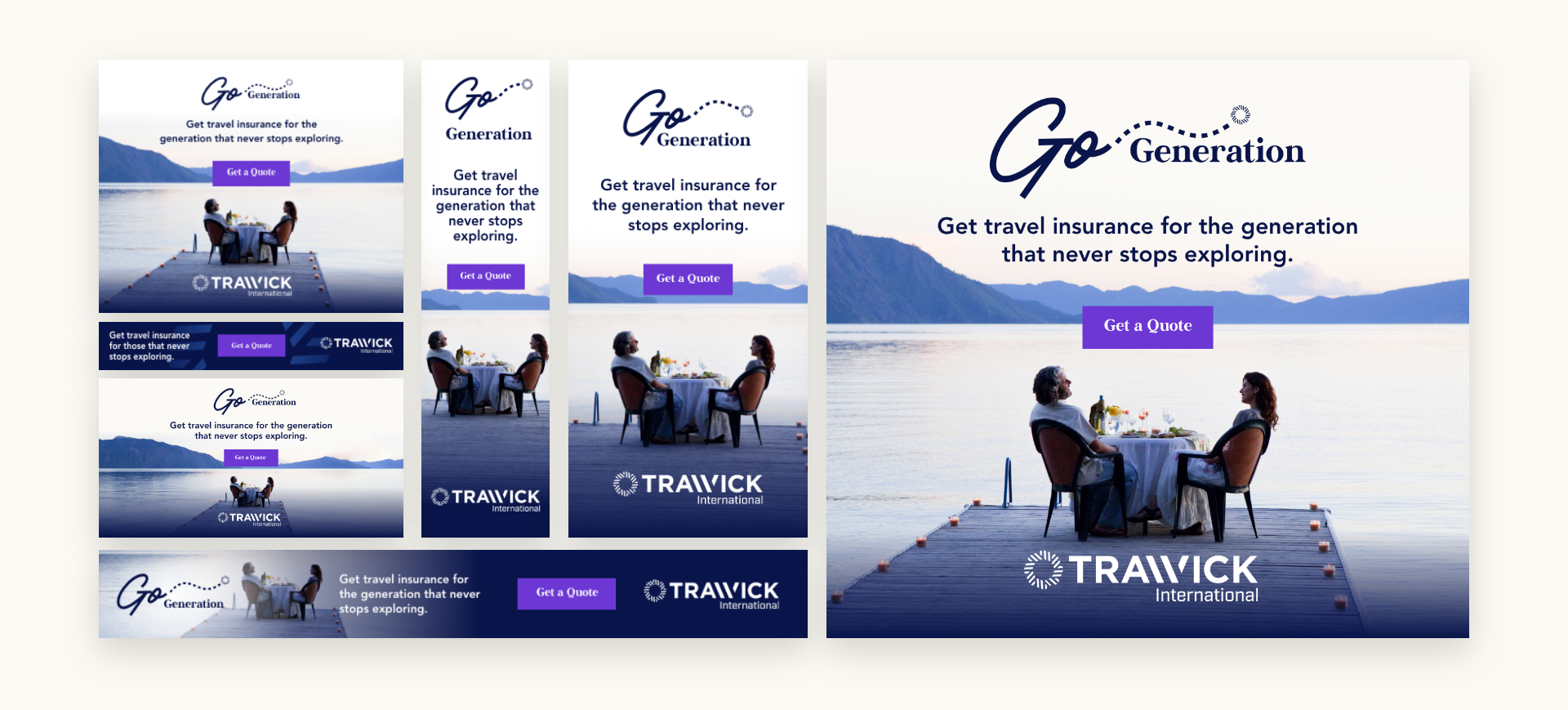
2. Leverage Fall Conferences and Trade Shows
Autumn is a key season for B2B events, including trade shows, conferences, and networking opportunities. Make sure your marketing aligns with the industry calendar. A targeted email campaign or social media strategy that ties your offerings to specific events can help you capture the attention of potential clients. You can also create fall-themed content for event collateral, such as white papers or case studies, that highlights your ability to meet the changing needs of businesses during this crucial period.
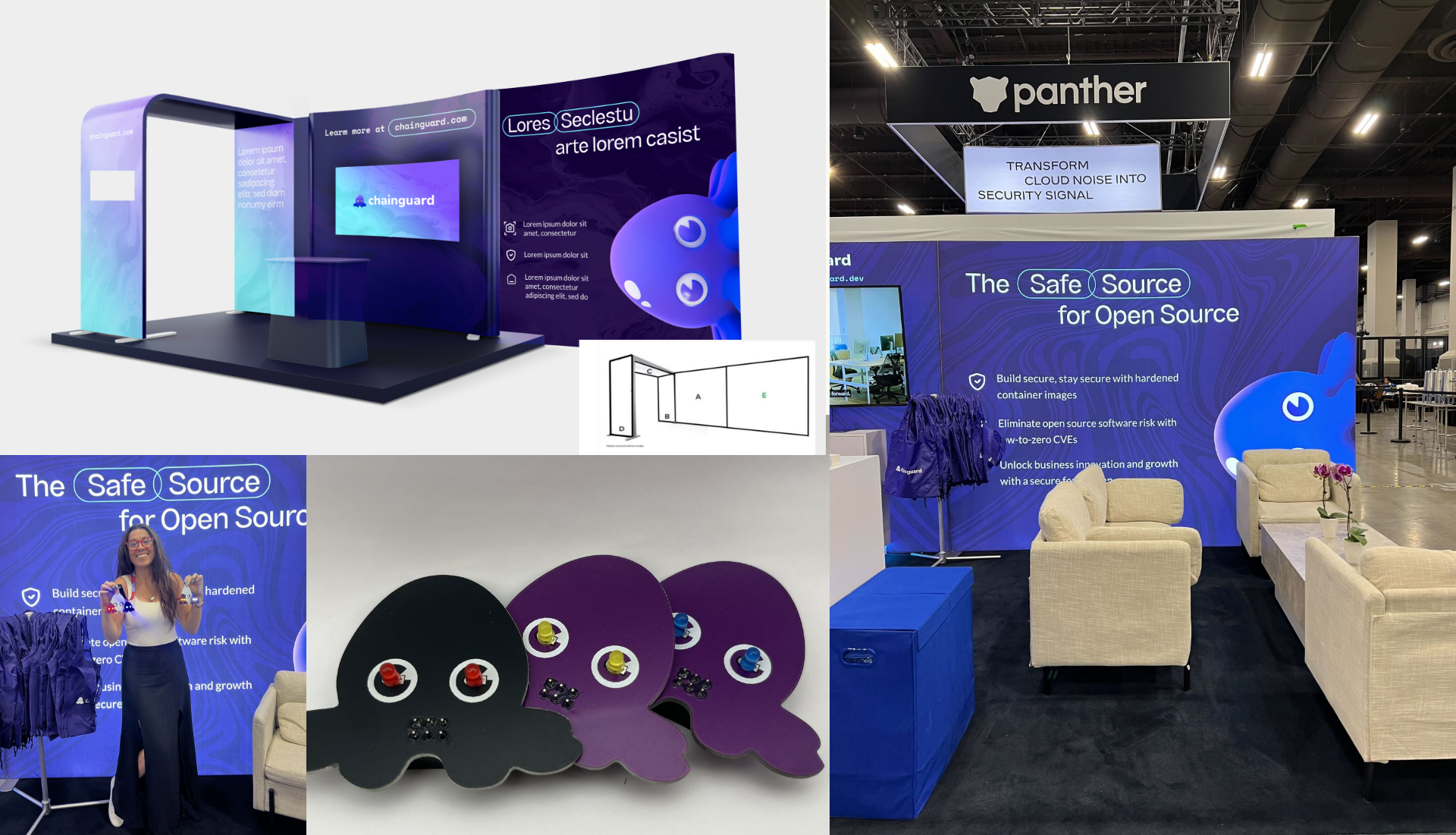
3. Seasonal Content that Engages and Educates
B2B buyers are often looking for informative, insightful content to guide their decisions. Align your thought leadership with fall trends by publishing articles, case studies, or webinars that focus on Q4 challenges and solutions. Highlight industry-specific insights that show how your business can help others adapt to seasonal shifts, budget reallocation, or end-of-year planning. For example, you could create content about optimizing operations ahead of the holiday rush or preparing for the following fiscal year.
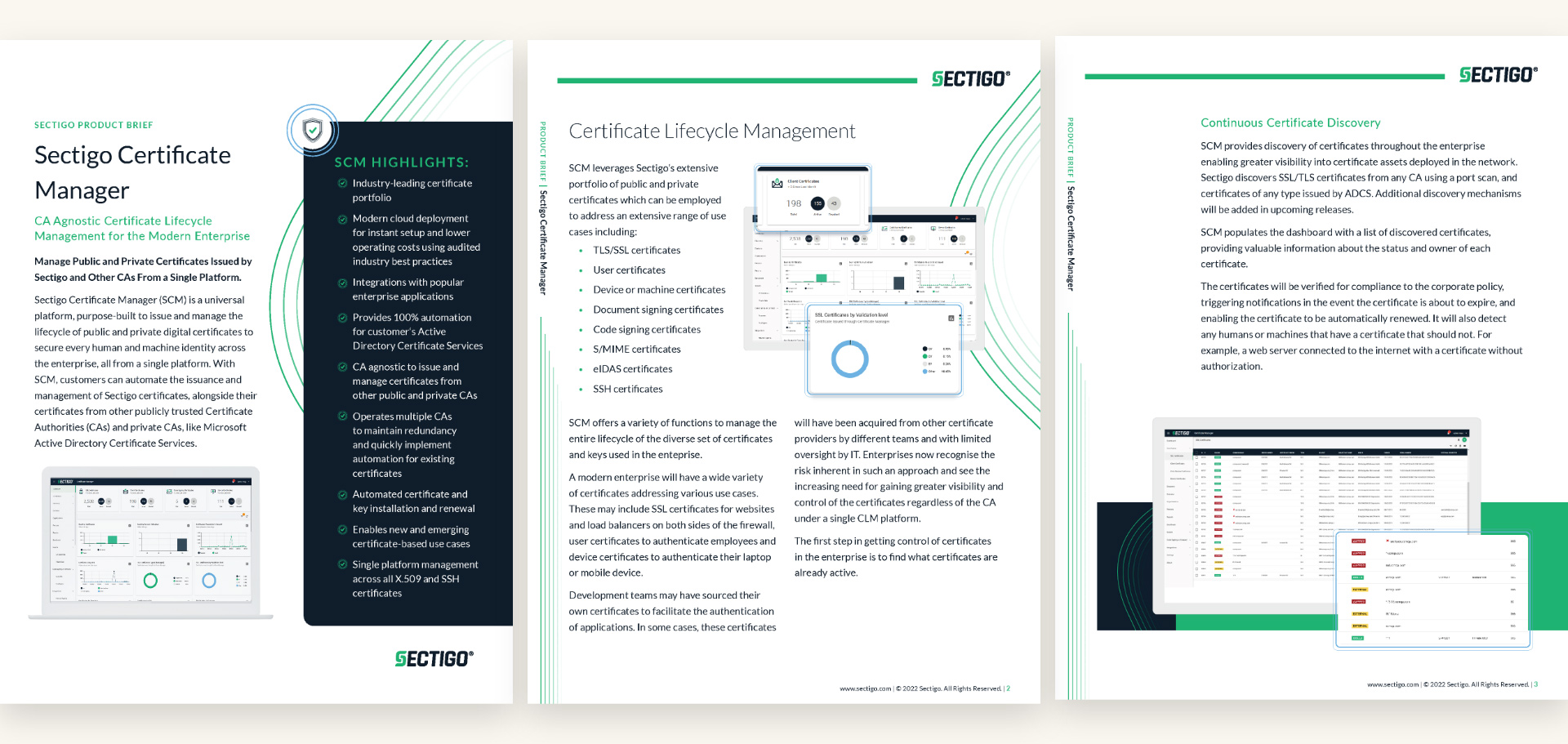
4. Harvest Opportunities: Focus on End-of-Year Business Needs
As fall signals the final quarter, many businesses are re-evaluating their budgets and making strategic purchases to close out the year. This is the perfect opportunity for B2B companies to promote services or products that address immediate needs. Consider offering limited-time pricing or service bundles that provide value before the year-end. Highlight how your solutions can help businesses tackle Q4 objectives, such as streamlining operations, achieving compliance, or meeting customer demands before the calendar flips.
5. Embrace Fall Traditions and Themes
While B2C brands often lean into seasonal aesthetics, B2B companies can also incorporate fall themes into their messaging. Subtle touches, such as incorporating fall colors, seasonal imagery, or metaphors about the harvest and growth, can make your campaigns more relatable and engaging. For instance, you could develop a campaign around “reaping the rewards” of your business solution or helping clients “gather insights” to fuel future growth.
As summer starts to wind down, it’s the perfect time to start planning your autumn-inspired marketing strategies. By leveraging fall themes, traditions, and the changing season, your brand can stay top of mind and create meaningful connections with your audience. Need help developing a fall campaign that drives engagement? Bluetext is here to help you navigate the season with creativity and success. Contact us today.
In the dynamic and competitive landscape of B2B marketing, the ability to leverage data effectively has become a key differentiator between success and failure. While creativity and intuition still play crucial roles in content marketing, it’s data-driven insights that provide the foundation for informed decision-making, enabling marketers to create content that is not only engaging but also highly effective in driving business outcomes.
The Evolution of Data in B2B Content Marketing
The use of data in marketing is not a new concept, but the way it’s applied has evolved significantly over the years. In the early days, data was primarily used for basic demographic segmentation and campaign reporting. However, with advancements in technology and analytics, the scope of data usage has expanded dramatically. Today, B2B marketers have access to a wealth of data points, from website behavior and social media interactions to CRM data and third-party research.
This evolution has transformed the content marketing landscape. No longer are marketers left to rely on broad assumptions about their audience. Instead, they can tap into detailed insights that reveal specific preferences, behaviors, and pain points. This shift towards data-driven content marketing allows B2B companies to create highly targeted and personalized content that resonates deeply with their audience.
The Role of Data in Crafting B2B Content Strategies
Data is the linchpin that holds together a successful B2B content strategy. It informs every stage of the content lifecycle, from planning and creation to distribution and optimization. Here’s how data-driven insights can elevate your content marketing efforts:
- Audience Segmentation and Profiling: Understanding your audience is the first step in creating relevant content. Data-driven audience segmentation goes beyond basic demographics. It involves analyzing behavioral data, such as how different segments interact with your content, what topics they engage with most, and how they progress through the buyer’s journey. This deeper level of segmentation allows you to create content that speaks directly to the specific needs and challenges of each group, increasing the likelihood of engagement and conversion.
- Content Ideation and Creation: Data can be a powerful tool in the ideation phase of content creation. By analyzing search trends, social media discussions, and competitor content, you can identify gaps in the market and uncover topics that are highly relevant to your audience. Additionally, insights from previous content performance can guide the creation of new content, helping you to focus on formats and themes that have proven successful in the past.
- Personalization at Scale: Personalization is no longer just a buzzword; it’s a critical component of effective B2B content marketing. Data-driven personalization enables you to deliver tailored content experiences at scale. By leveraging data such as past interactions, purchase history, and content preferences, you can create personalized email campaigns, dynamic website content, and targeted social media ads that resonate with individual prospects and customers. This level of personalization can significantly enhance the effectiveness of your content, leading to higher engagement rates and stronger customer relationships.
- Predictive Analytics for Proactive Content Strategy: One of the most powerful applications of data in content marketing is predictive analytics. By analyzing historical data, predictive models can forecast future trends, behaviors, and needs of your audience. This foresight allows you to be proactive rather than reactive in your content strategy. For example, if predictive analytics indicate that a particular industry is about to experience a surge in demand for a specific solution, you can create content that addresses this need ahead of time, positioning your brand as a thought leader and a go-to resource.
- Content Performance Measurement and Optimization: The ability to measure and analyze content performance is essential for continuous improvement. Data provides insights into how your content is performing across different channels and audience segments. Key metrics such as engagement rates, time on page, conversion rates, and social shares can reveal what’s working and what’s not. Armed with this information, you can make data-driven decisions to optimize your content strategy, such as adjusting your content formats, refining your messaging, or reallocating resources to high-performing channels.
- Optimizing Content Distribution: Even the best content won’t deliver results if it doesn’t reach the right audience. Data-driven insights are invaluable in optimizing your content distribution strategy. By analyzing data on where and when your audience is most active, you can strategically distribute your content across the channels that are most likely to drive engagement. This could involve refining your email marketing strategy, choosing the optimal times to post on social media, or identifying niche industry platforms where your content can gain traction.
- Enhancing User Experience with Data-Driven Design: Data isn’t just useful for content creation; it also plays a critical role in enhancing the overall user experience (UX) on your digital platforms. By analyzing user behavior data, such as click paths, bounce rates, and heatmaps, you can gain insights into how users interact with your content. This information can inform the design and layout of your website, ensuring that your content is easy to find, read, and engage with. A seamless UX, supported by data-driven design, can greatly enhance the effectiveness of your content marketing efforts.
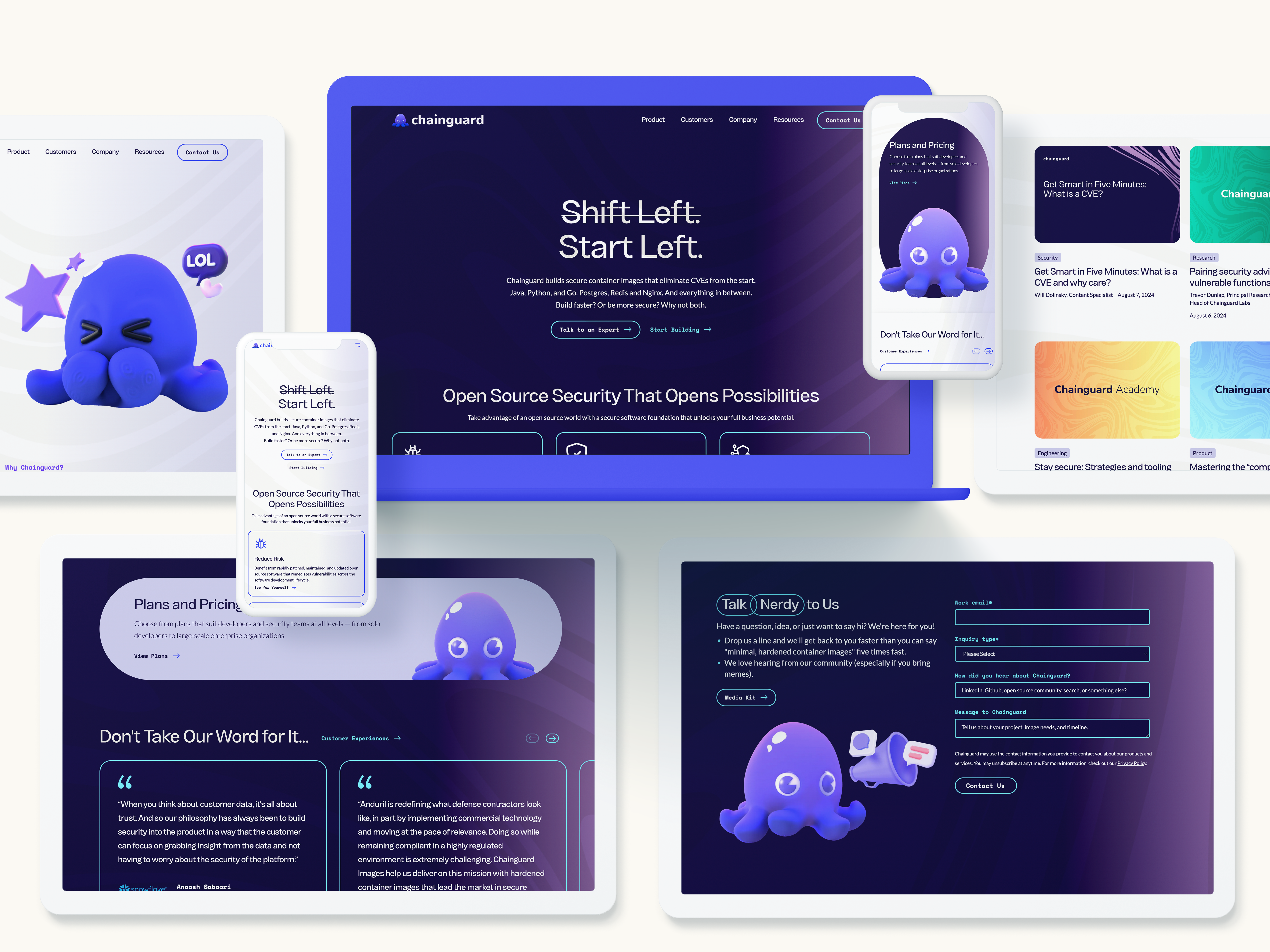
Turning Data into Actionable Insights
The use of data-driven insights in B2B content marketing is not just a trend; it’s a necessity in today’s competitive landscape. By harnessing the power of data, B2B companies can create more targeted, personalized, and effective content strategies that resonate with their audience and drive meaningful business results.
At Bluetext, we understand the critical role that data plays in content marketing success. Our team of experts specializes in helping B2B companies unlock the full potential of their data to create compelling content that drives engagement, builds trust, and converts leads into customers. Whether you’re looking to enhance your content strategy, improve your content distribution, or leverage predictive analytics for proactive planning, Bluetext has the expertise and tools to help you achieve your goals.
Ready to take your content marketing to the next level? Contact Bluetext today to learn how we can support your data-driven content marketing efforts and help you stay ahead of the competition. Let’s turn your data into actionable insights that drive real results for your business.
In today’s fast-paced, hyper-connected world, capturing consumer attention has never been more challenging. Traditional marketing tactics, once the cornerstone of brand promotion, often struggle to break through the noise. Enter guerilla marketing—a strategy that thrives on creativity, surprise, and unconventional methods. While historically rooted in the physical world, guerilla marketing has evolved in the digital age, offering brands a unique opportunity to engage audiences in ways that are both memorable and impactful. At Bluetext, we’ve seen firsthand how the fusion of physical and digital elements can amplify guerilla marketing campaigns, creating lasting impressions and driving brand loyalty.
The Evolution of Guerilla Marketing
Guerilla marketing began as a grassroots approach, utilizing low-cost, high-impact tactics to surprise and delight audiences in the physical world. Think of flash mobs, street art, or unexpected pop-up events—these are classic examples of guerilla marketing in action. However, as the digital landscape has grown, so too has the scope of guerilla marketing. Today, the most successful campaigns blend the tangible with the virtual, leveraging digital platforms to extend the reach and impact of these creative endeavors. Whether it’s through social media amplification, viral videos, or interactive online experiences, guerilla marketing in the digital age is all about creating a seamless connection between the real and the virtual.
Integrating Physical and Digital Elements
One of the key strengths of guerilla marketing is its ability to create a sense of surprise and immediacy. By integrating physical and digital elements, brands can amplify this effect and engage audiences in new and exciting ways. For example, a brand might launch a street art campaign in a major city, with QR codes embedded in the artwork that lead to an exclusive online experience. This not only drives foot traffic but also encourages social sharing, extending the campaign’s reach far beyond its initial audience. At Bluetext, we understand the power of these hybrid campaigns, and we’ve helped clients design strategies that leverage both physical and digital touchpoints to maximize impact.
Success in the Digital Age
Numerous brands have successfully adapted guerilla marketing tactics for the digital age, creating campaigns that resonate with modern audiences. Take, for instance, Coca-Cola’s “Share a Coke” campaign, which started as a simple product relaunch but quickly evolved into a global phenomenon through social media integration. By personalizing Coke bottles with popular names and encouraging consumers to share photos on social media, Coca-Cola bridged the gap between the physical product and the digital world, creating a campaign that was both personal and shareable. Another example is Nike’s “Find Your Greatness” campaign, which combined unexpected pop-up events with an interactive online platform, allowing participants to share their experiences and inspire others. These campaigns exemplify how guerilla marketing can be adapted for the digital age, driving engagement and fostering brand loyalty.
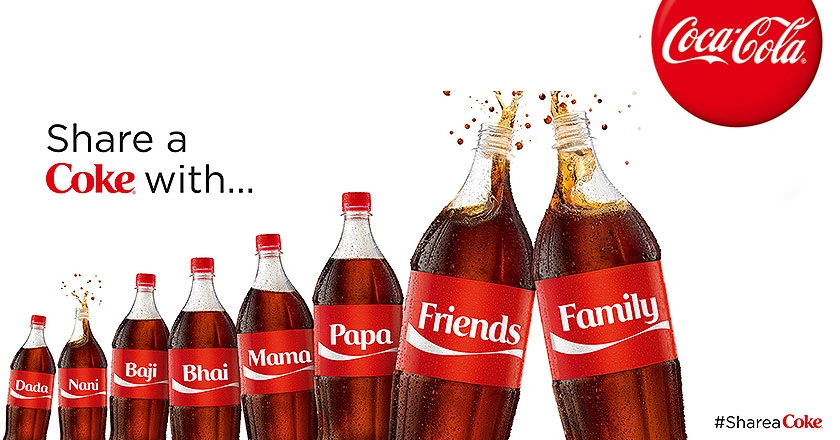
Innovating with Guerilla Marketing
In the digital age, guerilla marketing has become more dynamic and impactful than ever before. By combining the surprise and creativity of traditional guerilla tactics with the reach and interactivity of digital platforms, brands can create campaigns that captivate audiences and leave a lasting impression. At Bluetext, we’re passionate about helping brands navigate this evolving landscape, using innovative strategies to connect with consumers in meaningful ways. As guerilla marketing continues to evolve, the key to success lies in the ability to think outside the box, embrace new technologies, and create experiences that resonate both online and off.
If you’re looking to elevate your marketing strategy with creative and effective guerilla tactics, Bluetext is here to help. Our team of experts specializes in blending physical and digital elements to create unforgettable campaigns that drive results. Contact us today to learn how we can bring your brand’s vision to life in the digital age.
Music is more than just a background element in advertising; it’s a powerful tool that can influence consumer behavior on a subconscious level. At Bluetext, we understand the intricate relationship between sound and emotion, and how the right music can elevate an ad campaign from memorable to unforgettable. In this blog post, we’ll explore how different genres, tempos, and melodies impact consumer emotions and drive actions.
The Power of Music in Advertising
Music has a unique ability to evoke emotions, memories, and even physical responses. Advertisers have long harnessed this power to create emotional connections with their audience. But how exactly does mucsic influence consumer behavior?
- Genres and Their Emotional Resonance:
- Different music genres carry distinct emotional connotations. For instance:
- Classical music is often associated with sophistication and luxury, making it ideal for high-end brands.
- Pop music conveys a sense of fun and energy, appealing to younger audiences.
- Rock music can evoke feelings of rebellion and freedom, aligning well with brands that target bold and adventurous consumers.
- Different music genres carry distinct emotional connotations. For instance:
- Selecting the right genre is crucial for aligning the ad’s message with the brand’s identity and the emotions advertisers want to evoke.
- Tempo: The Rhythm of Consumer Action
- The tempo of a song can significantly impact how an ad is perceived and how viewers react to it:
- Fast tempos can create a sense of urgency and excitement, encouraging quick decision-making. This is often used in ads for sales or limited-time offers.
- Slow tempos tend to relax the listener, making them more receptive to detailed messages or creating a sense of calm around the product being advertised.
- The tempo of a song can significantly impact how an ad is perceived and how viewers react to it:
- Understanding the psychological effects of tempo allows marketers to strategically time the delivery of key messages within an ad.
- Melodies that Stick: The Role of Earworms
- Certain melodies are more likely to become “earworms,” sticking in a listener’s mind long after the ad is over. These catchy tunes can reinforce brand recall and keep the product top of mind:
- Repetitive and simple melodies are easier for the brain to process and remember.
- Melodic hooks that tie into the brand’s message can create a lasting association between the product and the music.
- Certain melodies are more likely to become “earworms,” sticking in a listener’s mind long after the ad is over. These catchy tunes can reinforce brand recall and keep the product top of mind:
- An effective melody doesn’t just complement the visuals; it becomes part of the brand’s identity, contributing to long-term brand recognition.
Case Studies: Music’s Role in Iconic Ad Campaigns
To illustrate the impact of music on consumer behavior, let’s look at some iconic ad campaigns where music played a pivotal role:
- Apple’s iPod Silhouettes: The use of upbeat, catchy songs in Apple’s iPod commercials not only captured the energy of the product but also created a cultural phenomenon. The music choice was key in making these ads instantly recognizable and widely loved.
- Coca-Cola’s “Taste the Feeling”: Coca-Cola’s ad campaign used a pop anthem to evoke feelings of joy and connection. The music choice resonated globally, helping to reinforce the brand’s message of happiness and togetherness.
- Nike’s “Dream Crazy”: The inspiring soundtrack behind Nike’s “Dream Crazy” campaign amplified the emotional impact of the visuals and narration. The music’s rising intensity mirrored the journey of overcoming challenges, making the ad both powerful and motivational.
Crafting the Perfect Soundtrack
Music is a vital component of any ad campaign, capable of shaping how a message is received and remembered. At Bluetext, we believe that the right music choice can transform an ad from simply effective to truly impactful. By carefully selecting genres, tempos, and melodies that align with your brand and message, you can create a powerful emotional connection with your audience and drive consumer behavior in the desired direction.
Are you ready to elevate your next ad campaign with the perfect soundtrack? Contact Bluetext to start crafting ads that not only resonate but also deliver results.
In today’s digital marketplace, trust is a key factor in driving sales. With countless options at consumers’ fingertips, establishing credibility is essential for any brand looking to stand out. One of the most effective ways to build this trust is through social proof. By leveraging testimonials, reviews, and case studies, you can create a compelling narrative that resonates with potential customers and drives conversions. In this post, we’ll explore how to effectively use social proof to enhance credibility and boost sales.
What is Social Proof?
Social proof is the psychological phenomenon where people look to the actions and opinions of others to determine their own. In the context of marketing, social proof involves showcasing positive feedback from customers, experts, or influencers to reassure potential buyers of your product’s value. This validation from others helps reduce skepticism and fosters a sense of trust.
The Power of Testimonials
Testimonials are personal endorsements from satisfied customers, and they can be incredibly persuasive. Here are a few ways to make the most of testimonials:
- Authenticity is Key: Ensure that testimonials are genuine and relatable. Authentic testimonials resonate more with potential customers than overly polished or generic statements.
- Highlight Specific Benefits: Encourage customers to focus on specific benefits or results they experienced. This provides concrete examples of how your product or service can solve problems or improve lives.
- Use Multiple Formats: Incorporate testimonials in various formats, including text, video, and audio. Video testimonials, in particular, can be very impactful as they convey emotion and authenticity more effectively.
- Feature Diverse Voices: Showcase testimonials from a diverse range of customers to appeal to different segments of your audience. This inclusivity can help more people see themselves benefiting from your product or service.
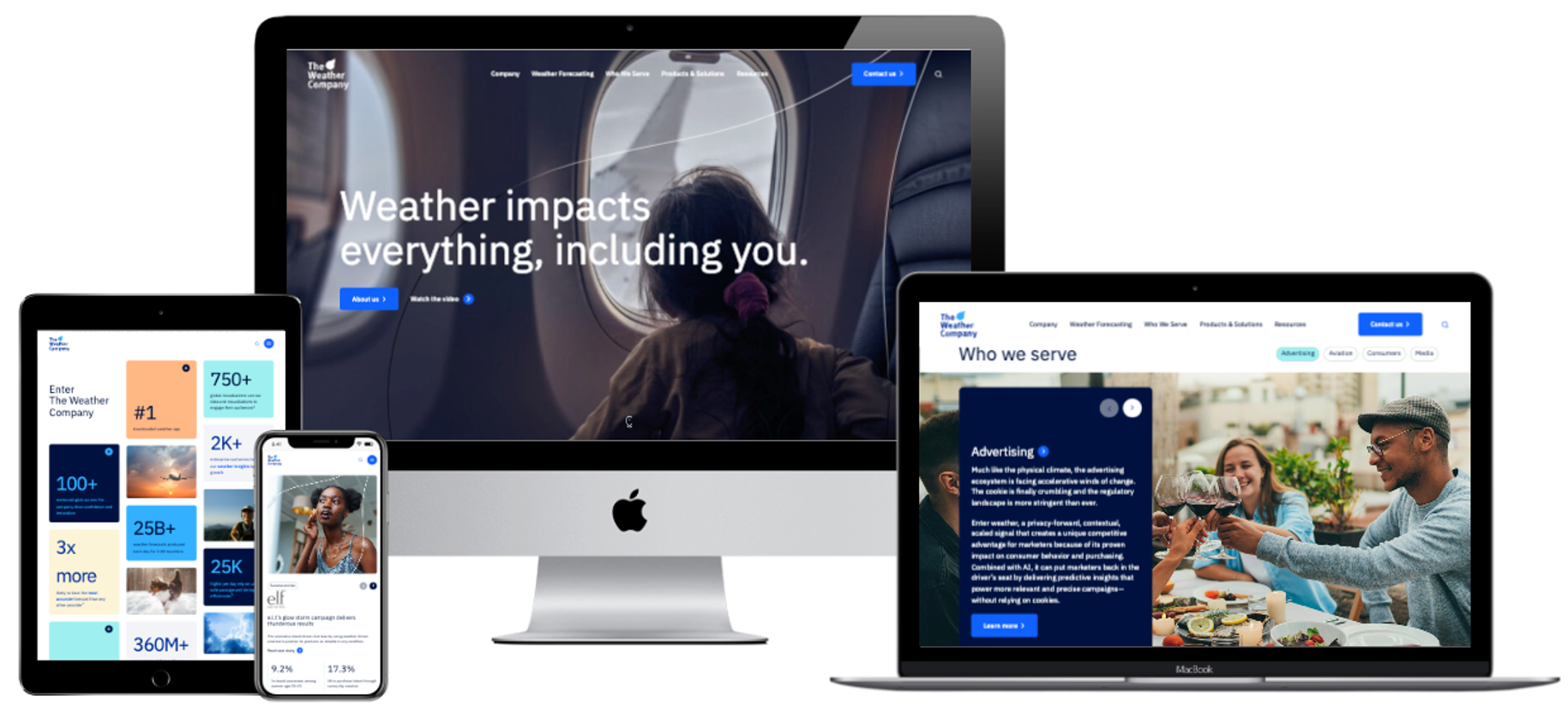
Leveraging Reviews
Online reviews are another powerful form of social proof. Here’s how to leverage them effectively:
- Encourage Reviews: Actively encourage satisfied customers to leave reviews on platforms like Google, Yelp, and industry-specific sites. More reviews increase credibility and visibility.
- Respond to Feedback: Engage with both positive and negative reviews. Responding to feedback shows that you value customer opinions and are committed to improving your products and services.
- Highlight Key Reviews: Feature positive reviews prominently on your website and marketing materials. Use quotes or ratings from well-known review platforms to enhance credibility.
- Use Aggregate Ratings: Display aggregate ratings (e.g., 4.8 out of 5 stars) to provide a quick snapshot of overall customer satisfaction. This can be especially persuasive for new visitors.
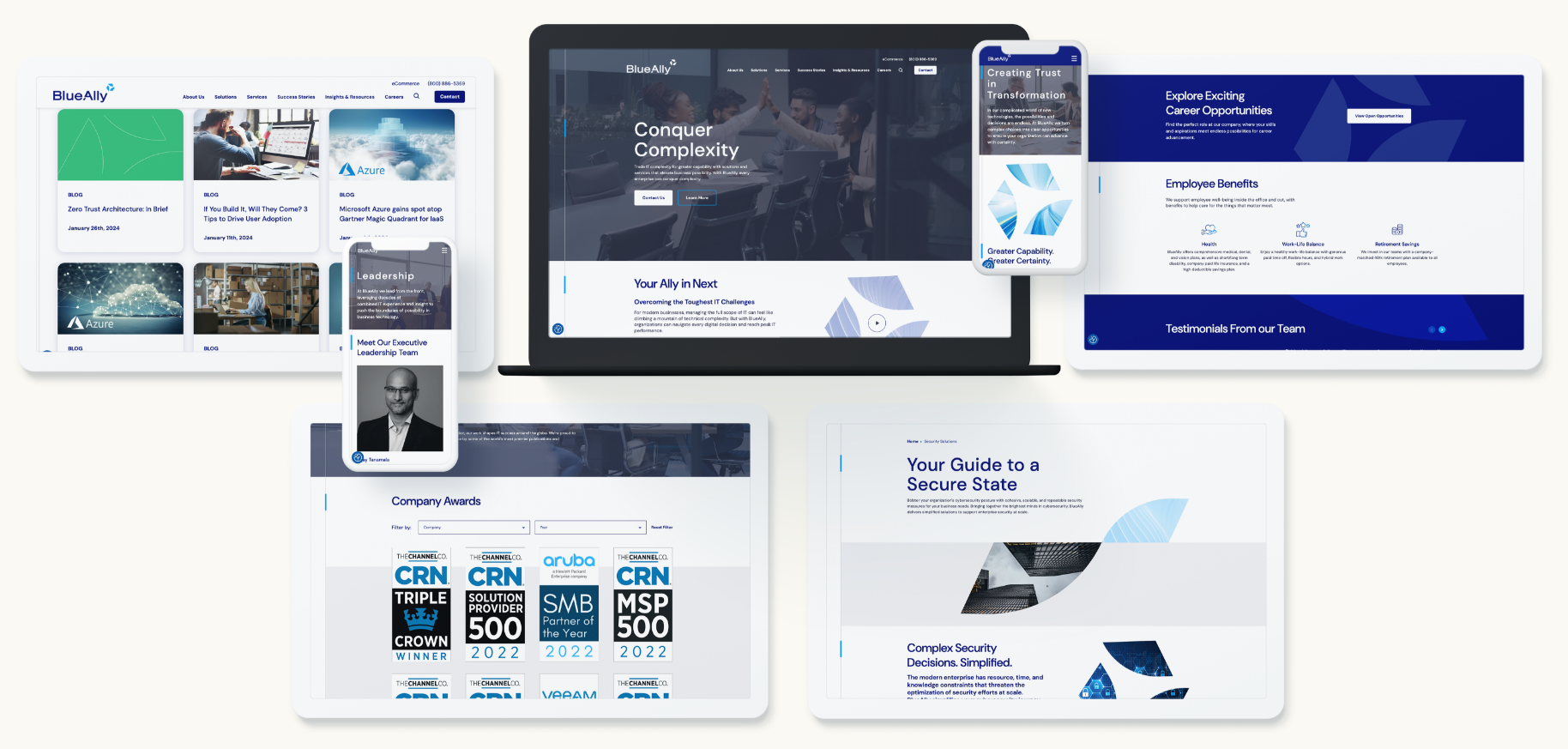
The Impact of Case Studies
Case studies offer an in-depth look at how your product or service has helped specific customers achieve their goals. They provide detailed narratives that can be incredibly convincing. Here’s how to create compelling case studies:
- Tell a Story: Craft case studies that tell a compelling story with a clear beginning, middle, and end. Highlight the challenges faced by the customer, the solution provided by your product, and the positive outcomes achieved.
- Use Data and Metrics: Include concrete data and metrics to quantify the success. Statistics and measurable results add credibility and help potential customers understand the tangible benefits.
- Incorporate Quotes and Testimonials: Enhance your case studies with quotes and testimonials from the featured customer. Personal anecdotes add a human touch and make the case study more relatable.
- Focus on Various Use Cases: Create case studies that cover different use cases and industries. This diversity demonstrates the versatility and wide-ranging benefits of your product or service.
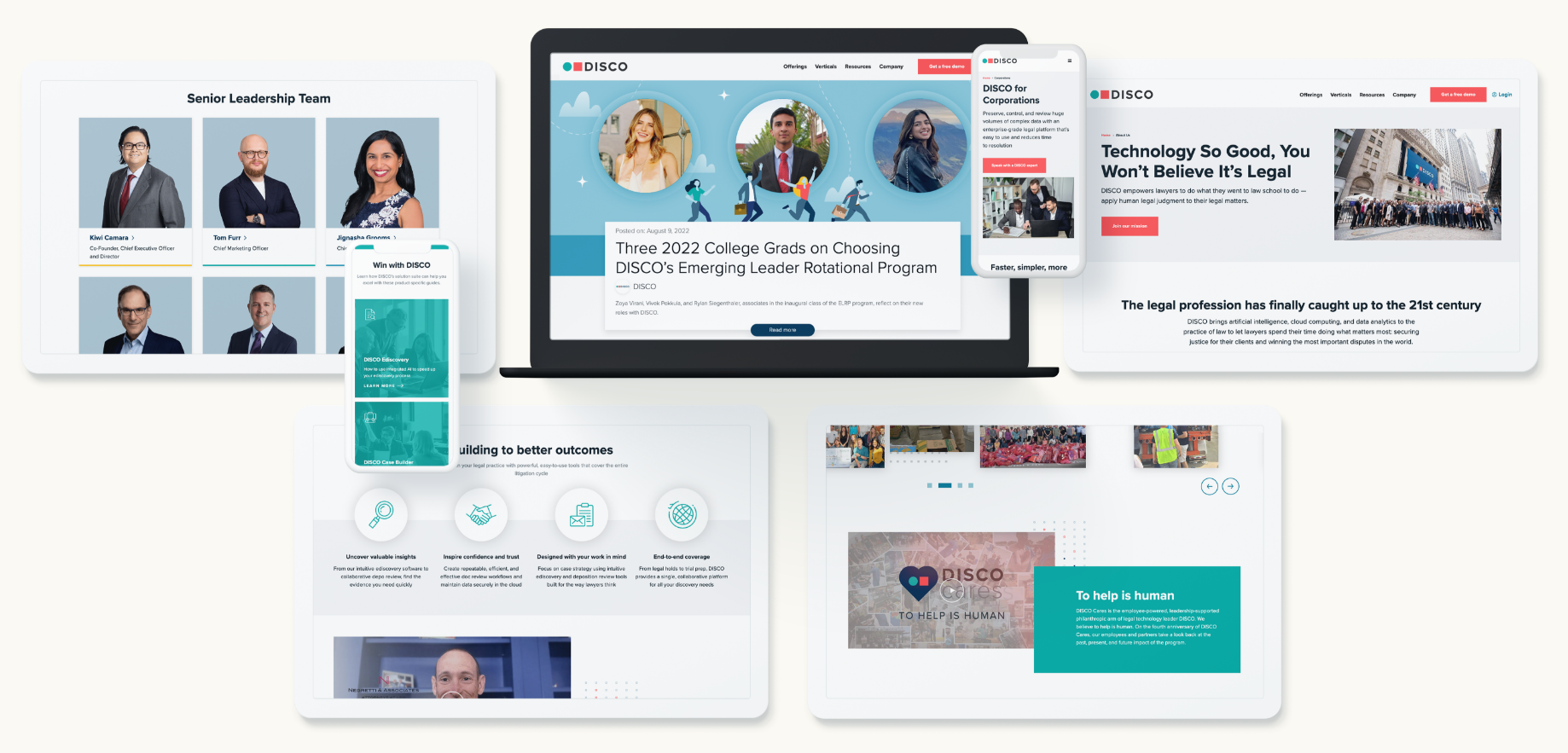
Building Trust Through Influencers
Influencer endorsements are another form of social proof that can significantly impact consumer trust. Collaborating with influencers who have a loyal following can help amplify your message and reach new audiences. Here’s how to leverage influencer partnerships:
- Choose the Right Influencers: Partner with influencers who align with your brand values and have an engaged audience that matches your target demographic.
- Create Authentic Content: Work with influencers to create authentic content that showcases their genuine experiences with your product. Authenticity is crucial for maintaining credibility.
- Leverage Multiple Channels: Utilize various platforms, such as Instagram, YouTube, and blogs, to reach a broader audience. Different channels can offer unique ways to showcase your product.
- Measure Impact: Track the performance of influencer campaigns through engagement metrics, traffic, and sales. Use this data to refine your strategy and maximize ROI.
Conclusion
Incorporating social proof into your marketing strategy is essential for building trust and driving sales. By effectively using testimonials, reviews, case studies, and influencer endorsements, you can create a persuasive narrative that resonates with potential customers and boosts credibility. At Bluetext, we specialize in helping brands leverage social proof to achieve their marketing goals.
Ready to harness the power of social proof? Contact us today to learn how we can help you build trust and drive sales through powerful social proof strategies.
In the ever-evolving landscape of digital marketing, personalization has become more sophisticated than ever before. Gone are the days when simply addressing a customer by their first name was enough to make an impact. Today, advanced personalization techniques leverage data to deliver highly tailored experiences across multiple touchpoints, driving engagement and loyalty. At Bluetext, we understand the power of personalized marketing and its ability to transform customer interactions. In this post, we’ll explore the latest advancements in personalization and how you can harness them to elevate your marketing strategy.
The Evolution of Personalization
From First Names to Deep Data Insights
Initially, personalization in marketing was limited to basic tactics like using a customer’s first name in email greetings. While this was a step in the right direction, it barely scratched the surface of what true personalization can achieve. Today, marketers have access to vast amounts of data, allowing for a much deeper understanding of customer behavior, preferences, and needs. This data forms the foundation for advanced personalization strategies that go far beyond superficial tactics.
Multi-Touchpoint Personalization
Modern consumers interact with brands across various channels and devices. To deliver a seamless and personalized experience, it’s essential to integrate data across these touchpoints. From website interactions and email campaigns to social media and mobile apps, each interaction provides valuable insights that can be used to tailor the customer journey. By connecting these touchpoints, brands can create a cohesive and consistent experience that resonates with customers on a personal level.

Advanced Personalization Techniques
1. Behavioral Targeting
Behavioral targeting involves analyzing a customer’s actions and behaviors to deliver relevant content and offers. For example, if a customer frequently browses a particular category on your website, you can use this data to recommend similar products or offer exclusive discounts. This approach ensures that the content is relevant and timely, increasing the likelihood of conversion.
2. Predictive Analytics
Predictive analytics uses historical data and machine learning algorithms to anticipate future behavior. By predicting what a customer is likely to do next, marketers can proactively offer solutions and recommendations. For instance, if a customer tends to purchase running shoes every six months, predictive analytics can trigger personalized reminders or promotions just before they are likely to make their next purchase.
3. Dynamic Content
Dynamic content involves creating adaptable marketing messages that change based on the recipient’s data. This can be applied to emails, website content, and even advertisements. For example, an email newsletter might display different products or offers based on the recipient’s past purchases or browsing history. Dynamic content ensures that each customer receives a message that is uniquely relevant to them.
4. Customer Segmentation
Advanced segmentation techniques allow marketers to divide their audience into highly specific groups based on various criteria such as demographics, behavior, and psychographics. By understanding the unique characteristics of each segment, brands can tailor their messaging and offers to better meet the needs of each group. This targeted approach increases the relevance and effectiveness of marketing campaigns.
5. Personalized User Experiences
Creating personalized user experiences involves customizing the entire customer journey based on individual preferences and behaviors. This can include personalized website navigation, tailored content recommendations, and customized product offerings. By delivering a unique experience for each user, brands can foster deeper connections and drive loyalty.

Tips for Implementing Advanced Personalization
To effectively implement advanced personalization in your marketing strategy, consider the following tips:
- Invest in Data Collection and Analysis: Collect data from various touchpoints and use advanced analytics tools to gain insights into customer behavior and preferences.
- Integrate Your Channels: Ensure that your data is integrated across all marketing channels to create a seamless and consistent customer experience.
- Test and Optimize: Continuously test and optimize your personalization strategies to find what works best for your audience. Use A/B testing and other techniques to refine your approach.
- Focus on Privacy: Be transparent about data collection practices and prioritize customer privacy. Ensure that your personalization efforts comply with data protection regulations.
- Leverage Automation: Use marketing automation tools to streamline your personalization efforts and deliver timely, relevant content at scale.

Personalization in marketing has come a long way from simply using first names in emails. Today, advanced personalization techniques allow brands to create deeply tailored experiences that resonate with customers across multiple touchpoints. By leveraging data and embracing innovative strategies, marketers can drive engagement, build loyalty, and ultimately achieve greater success. At Bluetext, we specialize in helping brands navigate the complexities of personalized marketing. Contact us today to learn how we can help you harness the power of advanced personalization to elevate your marketing efforts.
In the dynamic world of digital marketing, staying ahead means continually evolving and embracing the latest advancements. With advanced personalization, brands can create meaningful connections with their customers, fostering loyalty and driving growth.
In the fast-paced world of B2B marketing, where competition is fierce and trust is paramount, establishing credibility and authority in your industry can make all the difference. One powerful way to achieve this is through thought leadership content.
What is Thought Leadership?
Thought leadership goes beyond simply promoting your products or services. It involves sharing valuable insights, expertise, and perspectives on industry trends, challenges, and innovations. Thought leaders are seen as trusted advisors and influencers within their field, driving conversations and shaping the direction of their industry.
The Power of Thought Leadership in B2B Marketing
In the B2B sector, where purchasing decisions often involve complex considerations and long sales cycles, thought leadership content plays a crucial role. Here are some reasons why:
- Builds Trust and Credibility: By consistently delivering high-quality, insightful content, you demonstrate your expertise and establish trust with your audience. This trust is essential for building long-term relationships and winning business in competitive markets.
- Differentiates Your Brand: Thought leadership content sets you apart from competitors by showcasing your unique perspective and depth of knowledge. It positions your brand as a leader in your industry, making it more likely that potential clients will turn to you for solutions to their challenges.
- Drives Engagement and Leads: Thought leadership content attracts and engages your target audience, driving traffic to your website, social media channels, and other digital platforms. It provides opportunities for meaningful interactions with prospects, ultimately generating leads and conversions.
- Supports Sales Efforts: Thought leadership content can be a powerful asset for your sales team, providing them with valuable resources to share with prospects and demonstrate your expertise. It helps to nurture leads throughout the sales funnel and overcome objections by providing valuable insights and solutions.
Creating Effective Thought Leadership Content
So, how can you create thought leadership content that resonates with your audience and establishes your credibility? Here are some tips:
- Know Your Audience: Understand the pain points, challenges, and interests of your target audience, and tailor your content to address their needs.
- Stay Informed and Relevant: Keep abreast of industry trends, news, and developments, and share your insights and perspectives on timely topics.
- Be Authentic and Transparent: Authenticity is key to thought leadership. Share your experiences, successes, and even failures openly and honestly.
- Provide Actionable Insights: Offer practical advice, strategies, and solutions that your audience can implement in their own businesses.
- Use Multiple Formats: Experiment with different content formats such as articles, blog posts, videos, podcasts, and webinars to reach a diverse audience and keep them engaged.
In today’s competitive B2B landscape, thought leadership content is a powerful tool for building credibility, trust, and influence. By sharing valuable insights and expertise with your audience, you can differentiate your brand, drive engagement, and ultimately, win business. Invest in thought leadership content as part of your marketing strategy and position yourself as a trusted advisor and leader in your industry.
Ready to take your B2B marketing to the next level with thought leadership content? Contact us today to learn how we can help you create compelling, impactful content that drives results.
In today’s fast-paced digital landscape, businesses are constantly seeking innovative ways to cut through the noise and capture the attention of their target audience. With the myriad of marketing channels available, from social media and paid media to content marketing and public relations, crafting a cohesive strategy that seamlessly integrates these elements has become more crucial than ever. Welcome to the world of digital orchestration, where the art lies in harmonizing these diverse channels to create a symphony of success.
Understanding Digital Orchestration
Digital orchestration is more than just managing individual marketing channels; it’s about orchestrating them in such a way that they work together harmoniously to achieve a common goal. It’s about creating a unified brand experience across all touchpoints, whether it’s a tweet on X, a sponsored post on Facebook, a blog post on your website, or a feature in a leading publication. By synchronizing your efforts across various channels, you can amplify your message and increase overall impact.
The Power of Social Media
Social media has transformed the way businesses connect with their audience. Platforms like Facebook, Instagram, X, and LinkedIn offer unparalleled opportunities to engage with customers in real-time and build meaningful relationships. By incorporating social media into your digital orchestration strategy, you can leverage its reach and influence to amplify your message, drive engagement, and foster community.
Social media is not just about broadcasting your message; it’s about engaging in two-way conversations with your audience. By actively listening to their needs and preferences, you can tailor your content to resonate with them on a deeper level. Whether it’s sharing behind-the-scenes glimpses of your business, responding to customer inquiries, or soliciting feedback, social media allows you to humanize your brand and forge genuine connections with your audience.
Leveraging Paid Media
Paid media, including pay-per-click advertising, display ads, and sponsored content, allows you to reach a targeted audience with precision and scale. By strategically allocating your budget across various channels, you can maximize your ROI and drive measurable results. Whether it’s promoting a new product launch, driving traffic to your website, or generating leads, paid media plays a vital role in amplifying your brand’s visibility and reach.
One of the key advantages of paid media is its ability to provide instant visibility and results. Unlike organic methods that may take time to gain traction, paid media allows you to jumpstart your marketing efforts and quickly generate momentum. By leveraging advanced targeting options and analytics tools, you can optimize your campaigns in real-time to ensure maximum effectiveness and efficiency.
The Importance of Content Marketing
Content is king in the digital age, and content marketing is the fuel that powers your digital engine. Whether it’s blog posts, videos, infographics, or whitepapers, valuable content serves as the cornerstone of your digital strategy. By creating high-quality, relevant content that resonates with your audience, you can establish thought leadership, build trust, and drive engagement. Integrating content marketing into your digital orchestration strategy ensures that your message is not only heard but also valued by your audience.
Content marketing is not just about creating content for the sake of it; it’s about delivering value to your audience at every stage of their journey. Whether they’re seeking information, entertainment, or inspiration, your content should address their needs and provide meaningful solutions. By focusing on quality over quantity and delivering content that educates, entertains, or inspires, you can position your brand as a trusted resource and build long-lasting relationships with your audience.
Amplifying Your Message with Public Relations
Public relations (PR) plays a crucial role in shaping public perception and building brand credibility. By securing media coverage, managing crises, and cultivating relationships with key stakeholders, PR helps enhance your brand’s reputation and visibility. Incorporating PR into your digital orchestration strategy allows you to leverage earned media to amplify your message and reach a wider audience.
In today’s crowded marketplace, earning media coverage can be a powerful way to differentiate your brand and stand out from the competition. By crafting compelling stories, building relationships with journalists and influencers, and staying ahead of industry trends, you can position your brand as a thought leader and gain valuable exposure in relevant media outlets. Whether it’s securing a feature article in a leading publication, appearing on a popular podcast, or participating in industry events, PR can help elevate your brand and generate buzz around your products or services.
The Synergy of Digital Orchestration
The true power of digital orchestration lies in its ability to create synergy across multiple channels. By synchronizing your social media, paid media, content marketing, and public relations efforts, you can amplify the impact of each individual channel and create a unified brand experience for your audience. Whether it’s increasing brand awareness, driving website traffic, or generating leads, digital orchestration allows you to achieve your marketing objectives more effectively and efficiently.
When executed properly, digital orchestration can yield remarkable results for your business. By aligning your messaging, targeting, and creative across all channels, you can create a seamless brand experience that resonates with your audience and drives action. Whether you’re launching a new product, promoting a special offer, or raising awareness for a cause, digital orchestration allows you to deliver the right message to the right audience at the right time, maximizing your impact and driving measurable results.
Digital Channels Working in Harmony
In today’s hyper-connected world, digital orchestration is the key to unlocking the full potential of your marketing efforts. By harmonizing your social media, paid media, content marketing, and public relations strategies, you can create a symphony of success that resonates with your audience and drives tangible results for your business. So, embrace the art of digital orchestration and watch your campaigns soar to new heights of success.
Looking to take your campaigns to the next level? Contact us to get started.
In the ever-evolving realm of digital marketing, one strategy has stood the test of time and continues to prove its effectiveness: User-Generated Content (UGC). From reviews and testimonials to social media posts and videos, UGC has become a cornerstone for brands looking to connect with their audience in authentic and meaningful ways. In this blog post, we’ll explore the significance of UGC and how you can leverage it to enhance your marketing efforts.
Understanding User-Generated Content
User-Generated Content refers to any form of content created by consumers rather than the brand itself. This content can take various forms, including but not limited to:
- Reviews and Testimonials: Genuine feedback from satisfied customers can significantly influence purchasing decisions.
- Social Media Posts: When users share photos, videos, or stories featuring your products or services, it provides social proof and increases brand visibility.
- Blog Comments and Discussions: Engaging with your audience on your blog or community forums fosters a sense of community and loyalty.
- Video Content: Whether it’s unboxing videos, product tutorials, or user-generated commercials, videos created by consumers can be powerful marketing assets.
The Power of Authenticity
One of the primary reasons why UGC is so effective is its authenticity. Unlike traditional branded content, which may come across as promotional or biased, UGC feels genuine and trustworthy. When potential customers see real people using and enjoying your products or services, they’re more likely to relate to the experience and feel confident in making a purchase.
Building Trust and Credibility
In an age where consumers are inundated with marketing messages, trust and credibility are more important than ever. By showcasing UGC, you’re demonstrating that your brand has a loyal customer base who are willing to vouch for your products or services. This social proof can help alleviate doubts and reservations that potential customers may have, ultimately leading to increased sales and conversions.
Encouraging User Participation
To effectively harness the power of UGC, it’s essential to actively encourage and facilitate user participation. Here are a few strategies to consider:
- Create Shareable Experiences: Design products, services, or campaigns that are inherently shareable and encourage users to create content around them.
- Run Contests and Challenges: Host contests or challenges where users can submit their content for a chance to win prizes or recognition.
- Engage with Your Audience: Respond to comments, share user-generated content on your social media channels, and show appreciation for your customers’ contributions.
- Provide Incentives: Offer incentives such as discounts, exclusive access, or featured spotlights to incentivize users to create and share content.
Leveraging UGC Across Channels
Once you’ve collected UGC, it’s essential to leverage it across various marketing channels to maximize its impact. Whether it’s featuring customer reviews on your website, showcasing user-generated photos on social media, or incorporating testimonials into your email campaigns, UGC can enhance virtually every aspect of your marketing strategy.
Conclusion
User-Generated Content is a powerful tool that can help you build trust, credibility, and authenticity with your audience. By actively encouraging user participation and leveraging UGC across channels, you can create a more engaging and compelling brand experience that resonates with your customers on a deeper level. Embrace the power of UGC and watch as your digital marketing efforts thrive. Contact us to learn more.